The True Life of Jimmy Governor
Allen & Unwin, $24.95 pb, 240 pp
Jimmy’s Vendetta
Five of Laurie Moore’s ancestors were in the party that finally captured Jimmy Governor in October 1900, ninety-nine days after his murderous onslaught on the Mawbey family. He and his wife have assiduously traversed the terrain of the manhunt for Jimmy and his brother Joe. Moore’s book, The True Life of Jimmy Governor, written in conjunction with Stephan Williams, is an admirable amateur labour: loving, painstaking, yet never without a tinge of irony about fashions of remembering folk anti-heroes in Australia. As the authors remark near the end of their story: ‘the brothers held up, or were fed by, everyone’s great aunt or grandfather’.
The book is a very detailed narrative of the physical elements of the pursuit of the Governors: ‘the largest manhunt in Australian history’ for ‘the last proclaimed outlaws in New South Wales’. It is not an account of the varied representations of their story. Not often does it concern itself with what general conclusions might be drawn from these events. Moore and Williams contend that the Governors’ was a ‘personal vendetta’ rather than vengeance for historical crimes against the Aborigines. The evidence they have drawn on is copious, but not always treated with a consistently critical disposition.
Following Ned Kelly, Jimmy Governor was keen to write about his exploits in a self-justifying way. Several of his letters were published in regional newspapers. The authors have sifted these thoroughly, and quote at length. Another staple of their narrative is the group of ballads associated with the Governors. Some are bluntly demotic: ‘The Governors was badly treated / As my father said the same’; others are in jest: ‘The Indian sportsmen stick the pig / And follow the tiger track: / But where on earth is such sport to be seen / As hunting the Breelong Blacks!’; and then there is Les Murray’s ‘The Ballad of Jimmy Governor’: ‘They don’t like us killing their women. / Their women kill us every day.’ An appendix prints a number of these ballads. It gives some indication of where they came from, but ventures nothing by way of literary criticism.
Continue reading for only $10 per month. Subscribe and gain full access to Australian Book Review. Already a subscriber? Sign in. If you need assistance, feel free to contact us.



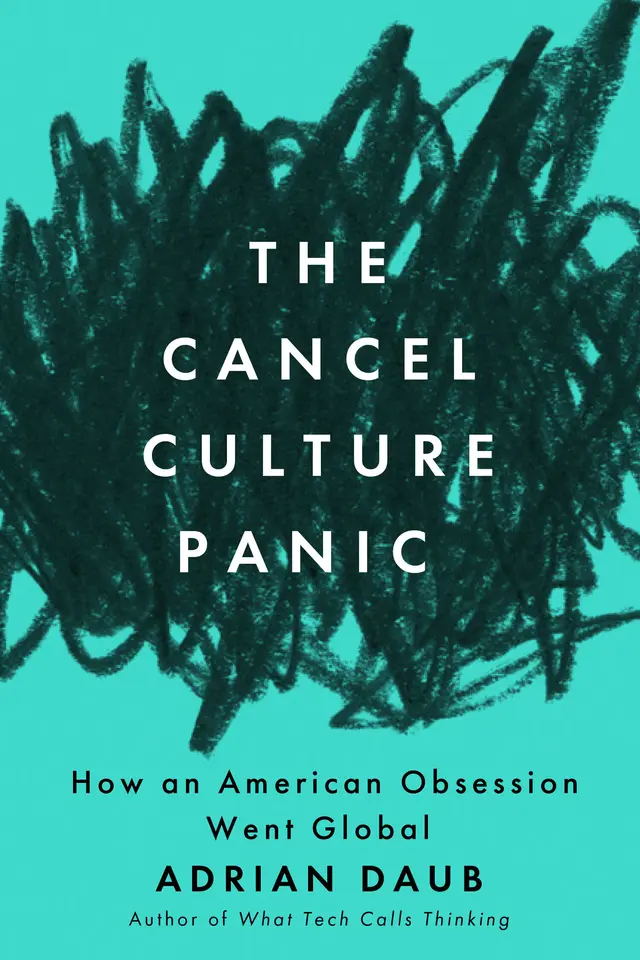
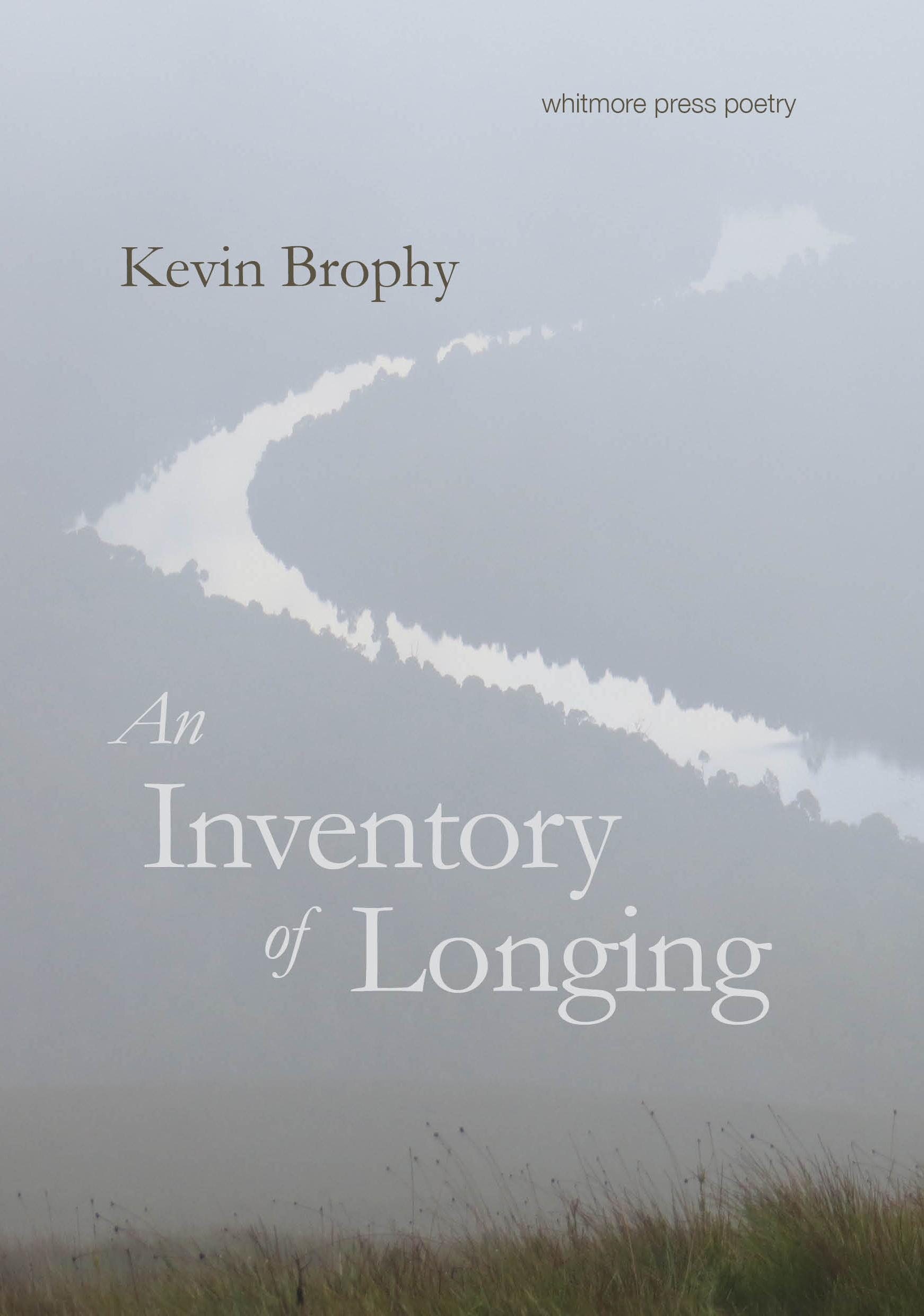

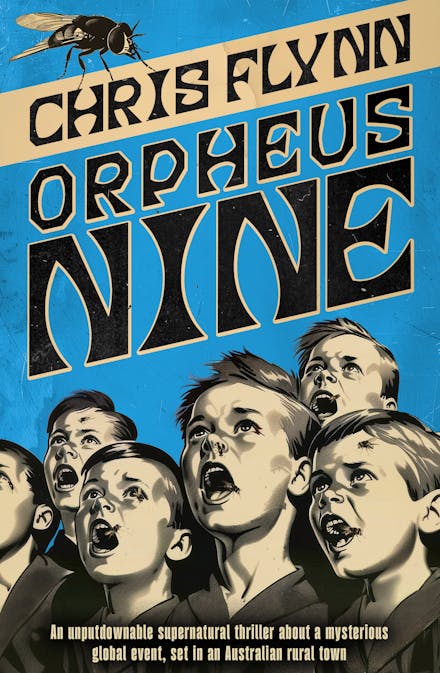
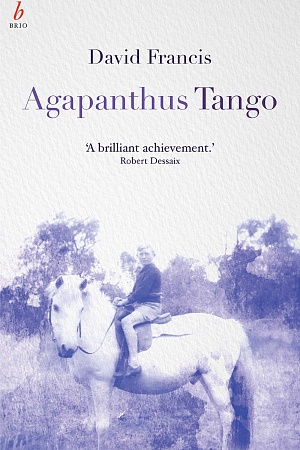


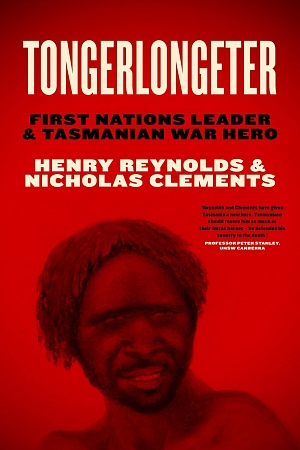

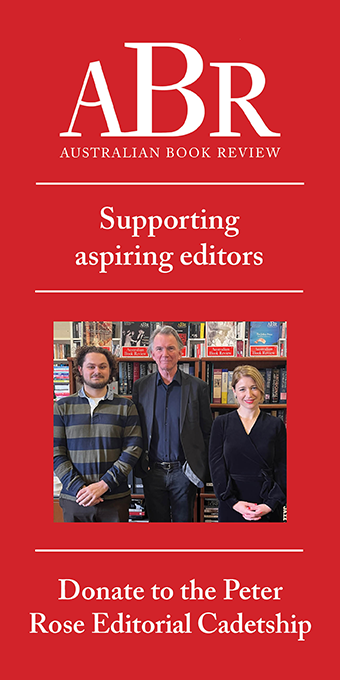


Leave a comment
If you are an ABR subscriber, you will need to sign in to post a comment.
If you have forgotten your sign in details, or if you receive an error message when trying to submit your comment, please email your comment (and the name of the article to which it relates) to ABR Comments. We will review your comment and, subject to approval, we will post it under your name.
Please note that all comments must be approved by ABR and comply with our Terms & Conditions.